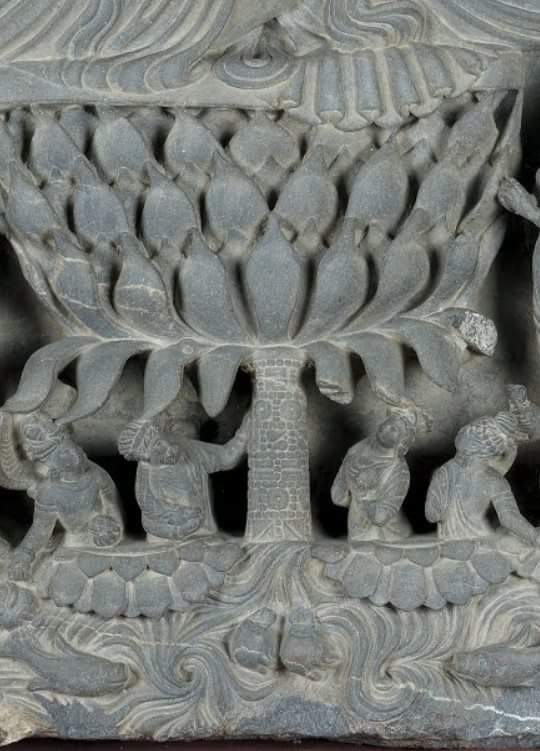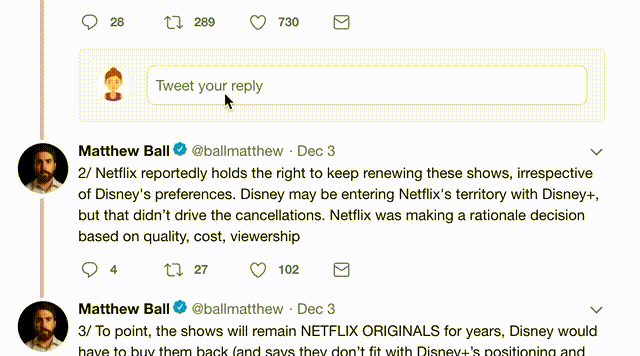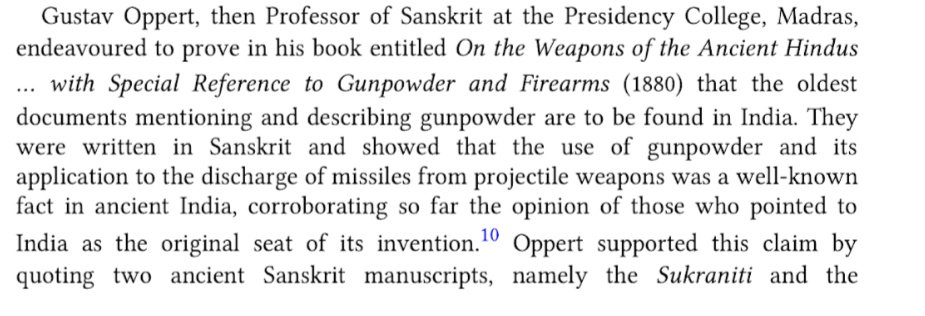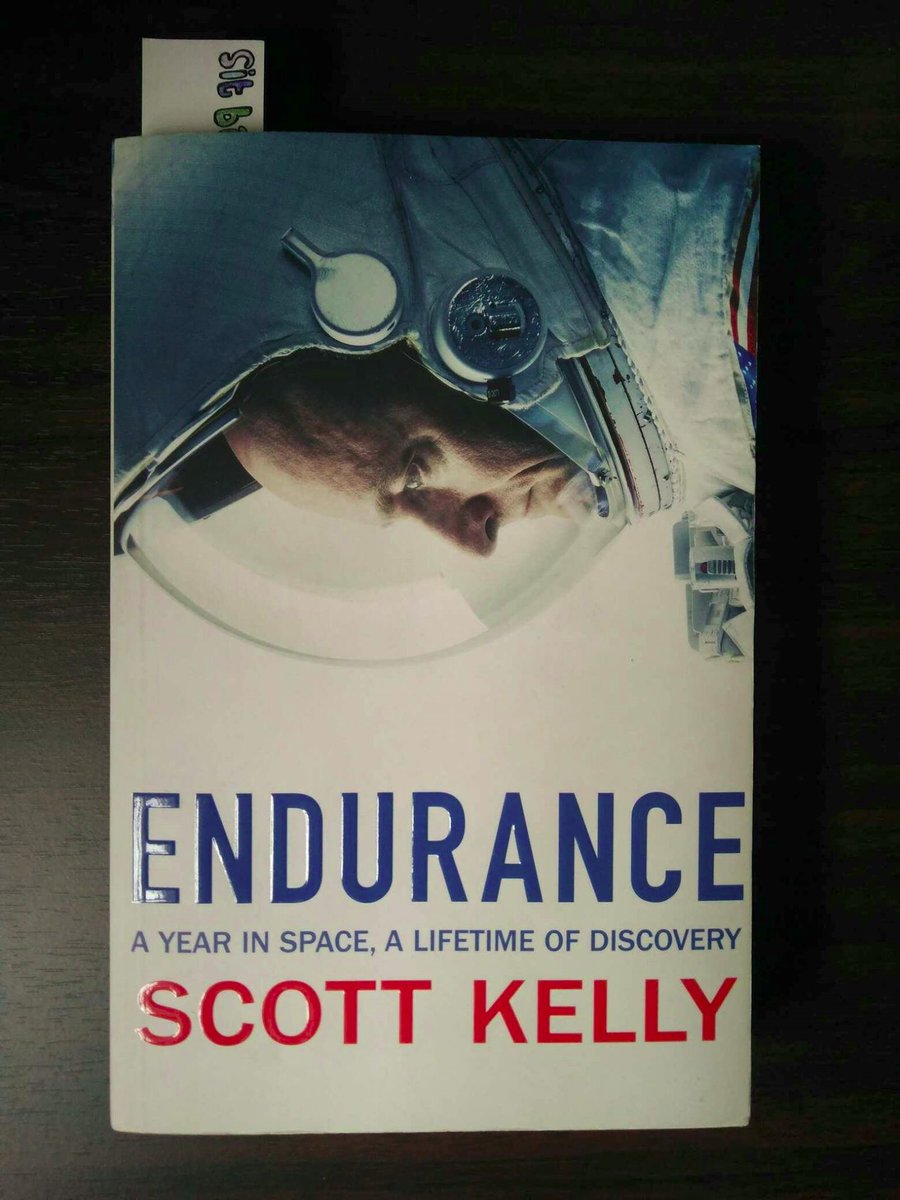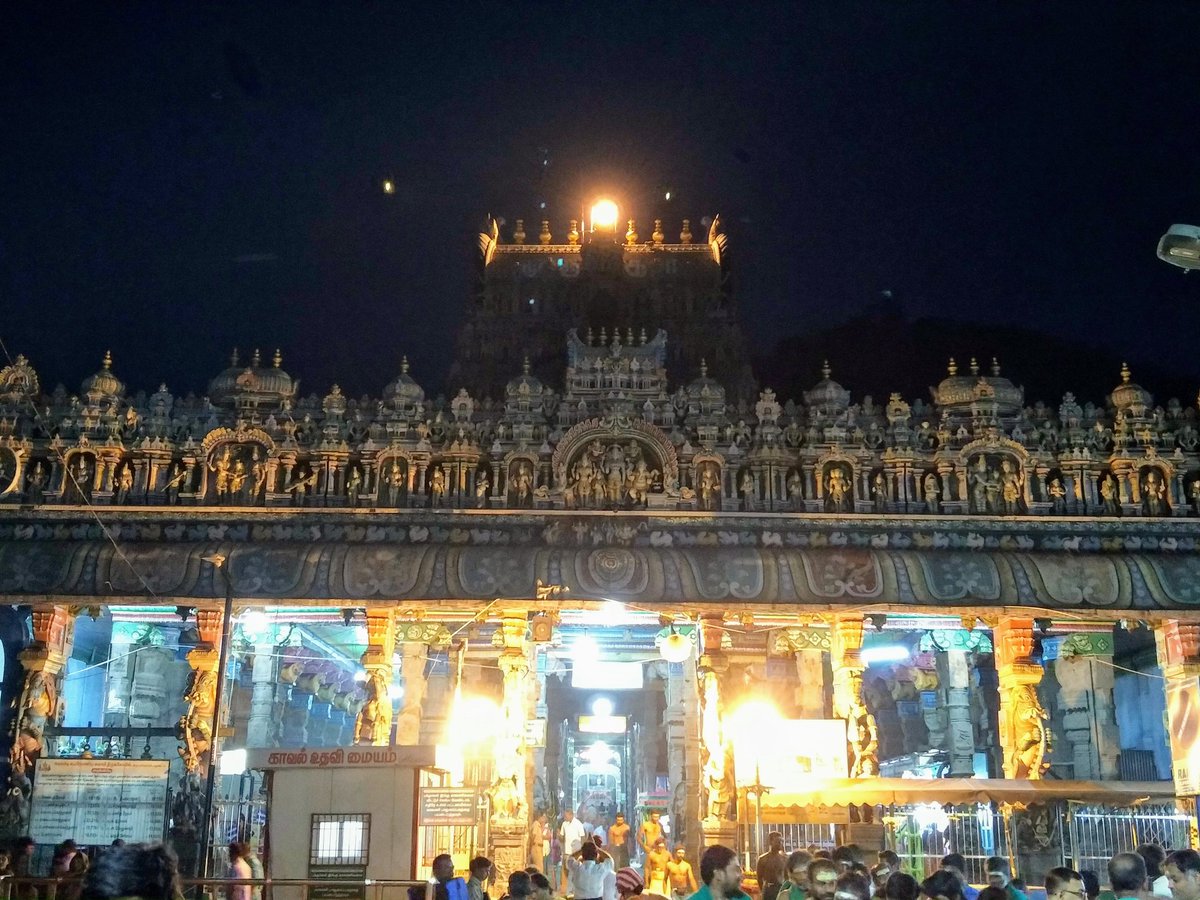Dated: ~1-3rd century CE
Entrance is likely derived from arched torana with concentric arches, space between them is beautifully decorated with scrollwork and floral patterns. #Gandhara
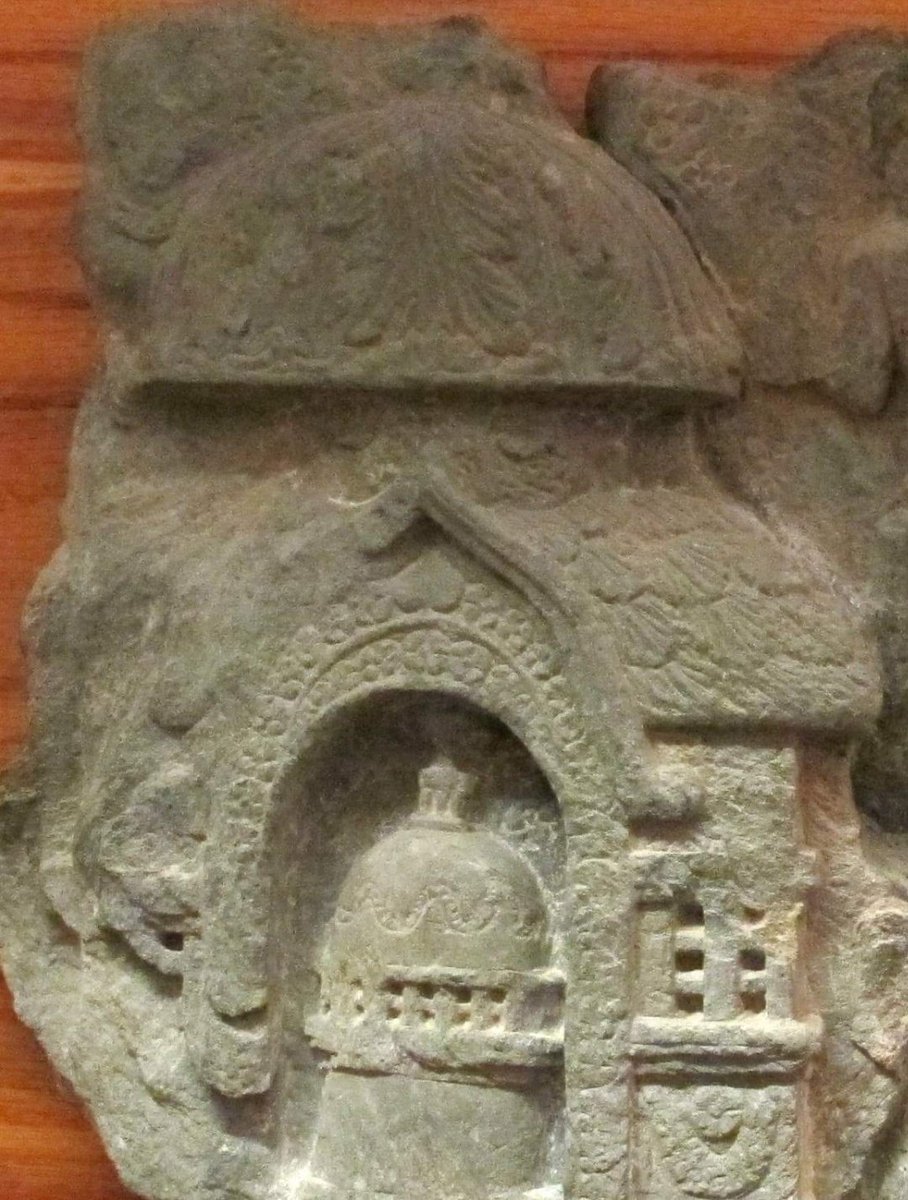
Fortunately there are various temples same features which survived the wrath of Islamic invaders. See the one in below link
Link: m.facebook.com/story.php?stor…
In the above temple, we can see the space for similar projected door frame.
Dated: ~2-3rd century CE

General plan of stupa is T-shaped above which a ' hemispherical' Stupa rests. Stupa is surrounded by a series of Arcades on three sides.
Credit: Italian archeological mission in Ghazni
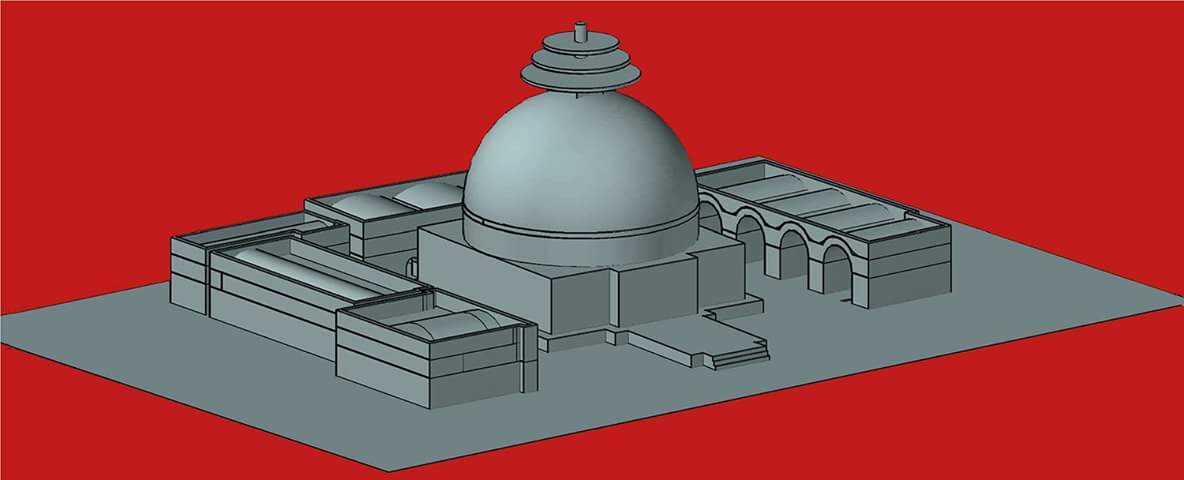
Dated: 2nd century CE
Design of Stupa is architecturally unique. Stupa appears to be square in plan at the centre of which is dome Stupa resting on cylindrical base.
@Chandrapida1 @TrueIndology
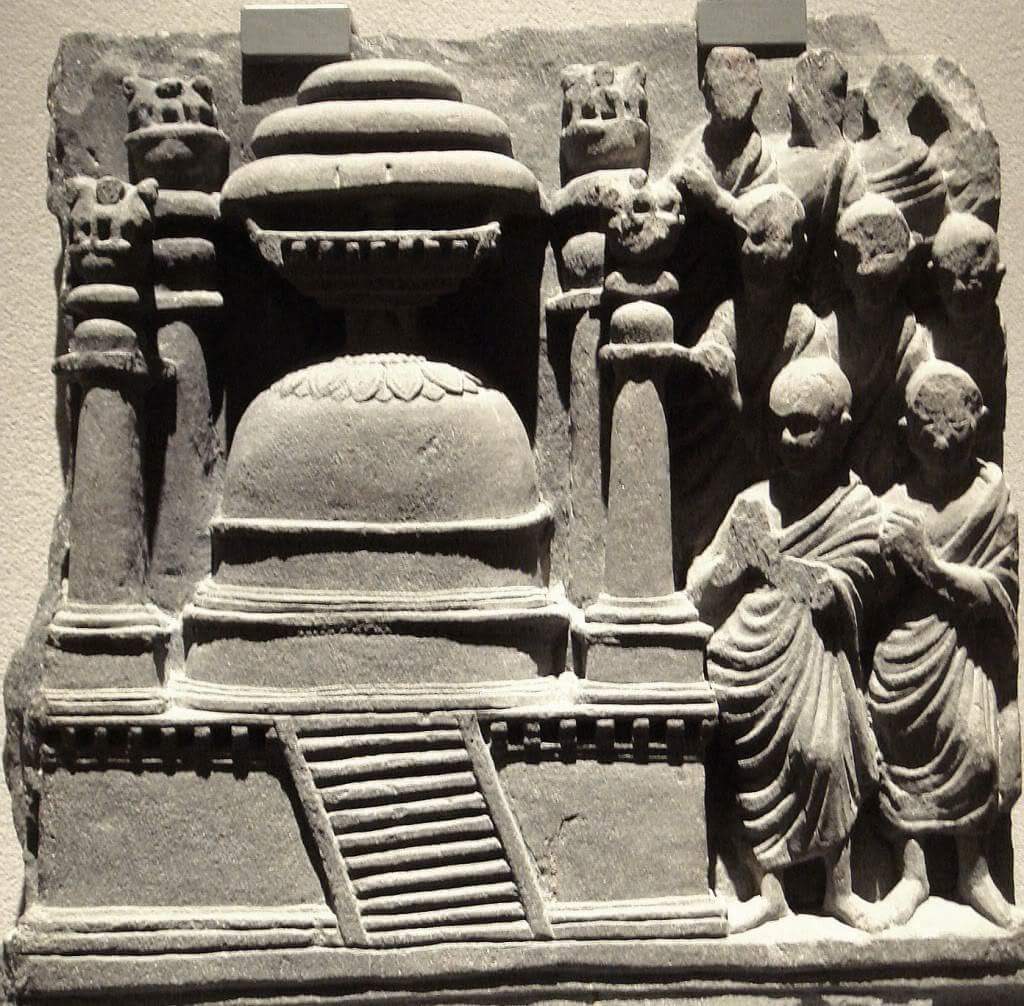
Top portion of dome is decorated with lotus petals(as common in Indian architectural tradition. Indian dome derived from Stupa ,is always decorated with lotus petals unlike their Persian counterparts.).
Dated: ~3rd century CE or older
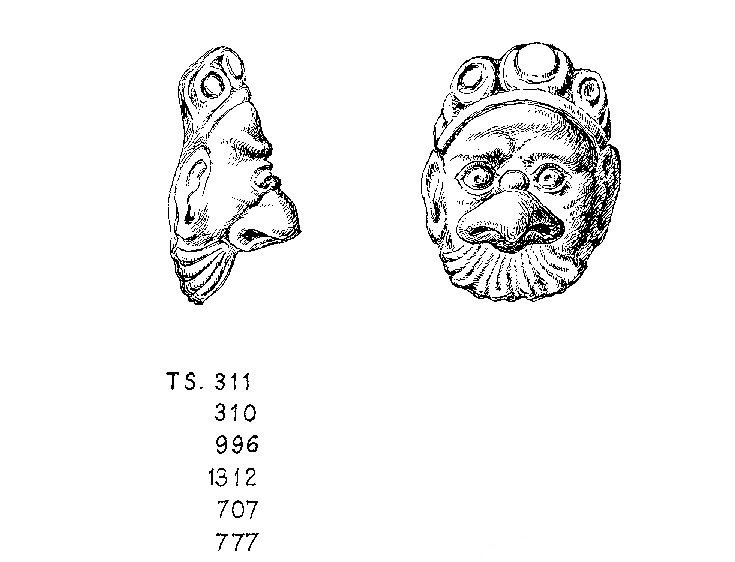
It is usually believed to be of Ghazanavid era which is wrong. It was either looted by Ghaznavi during his India campaign or part of older pre-islamic heritage. It is carved in a typical begram ivories fashion.
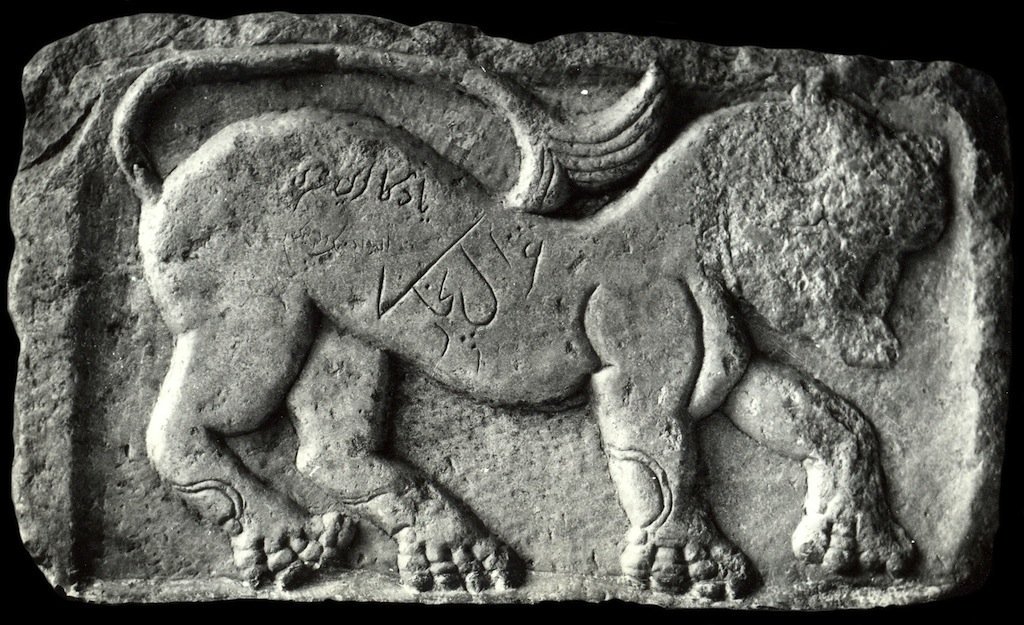
Part of loot by Ghazanavi during his India campaign. There are no sculptures of elephant from Afghanistan or beyond which are carved so perfectly.
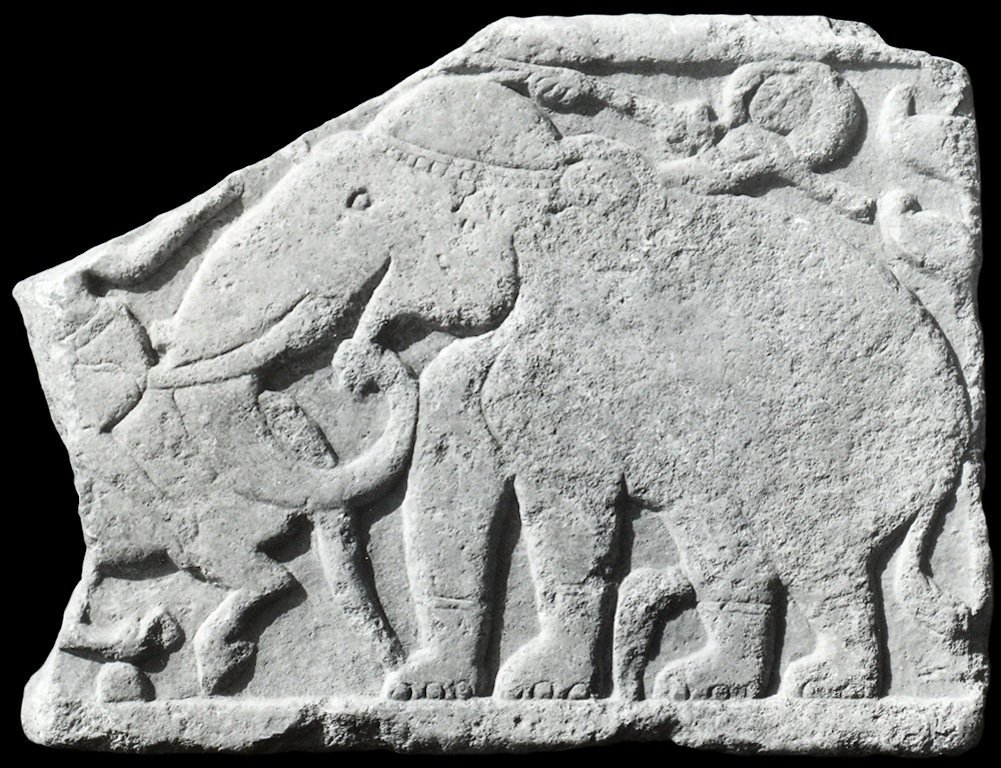
Dated: 4-5th century CE or older
Depiction of such temples are abundantly visible in sculptures of Gandharan region.
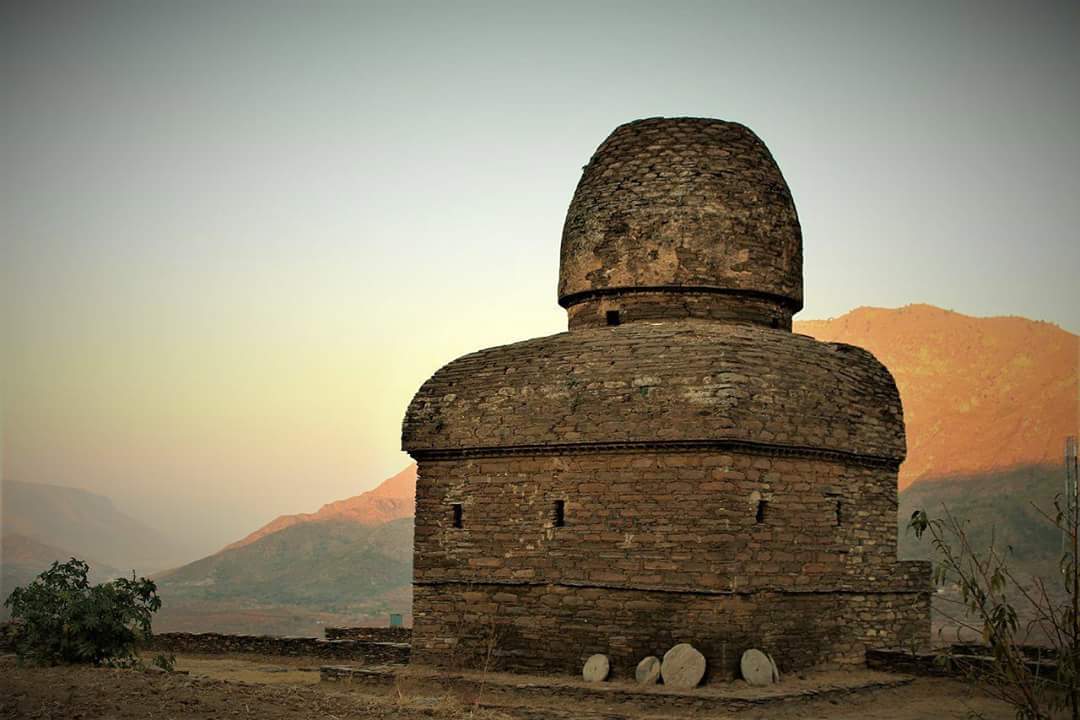
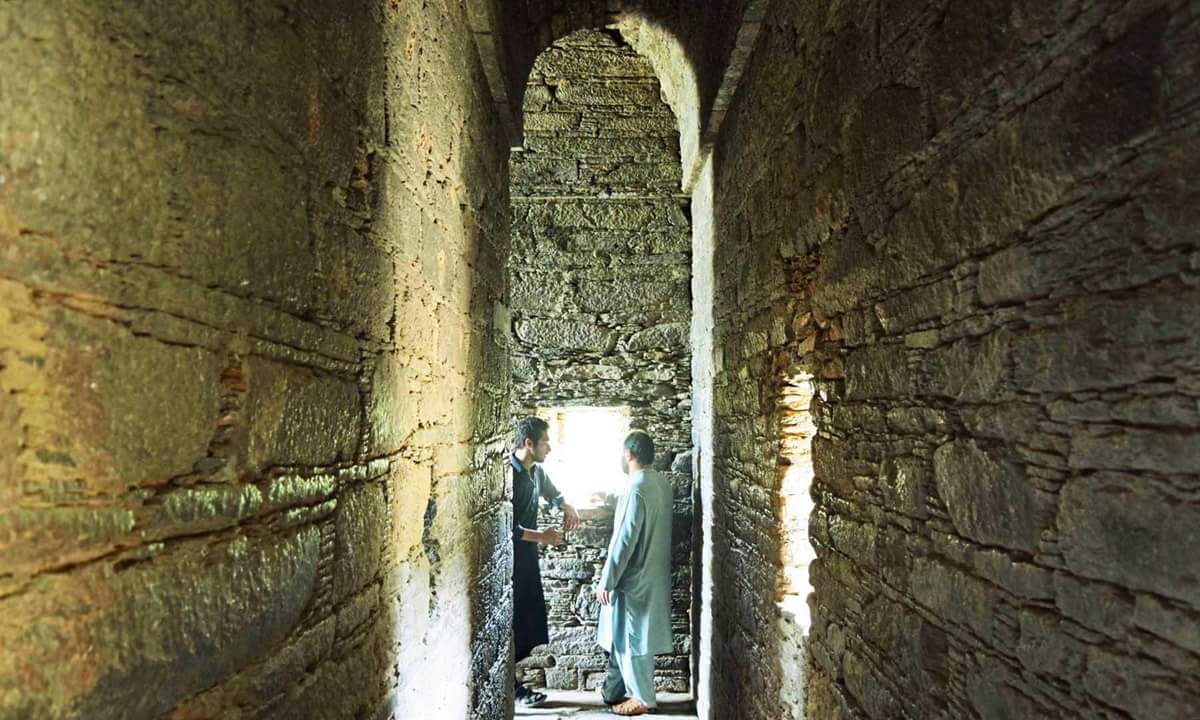
It emulated the shape of sacred lotus petals.
@IndiaHistorypic @TrueIndology @ReclaimTemples
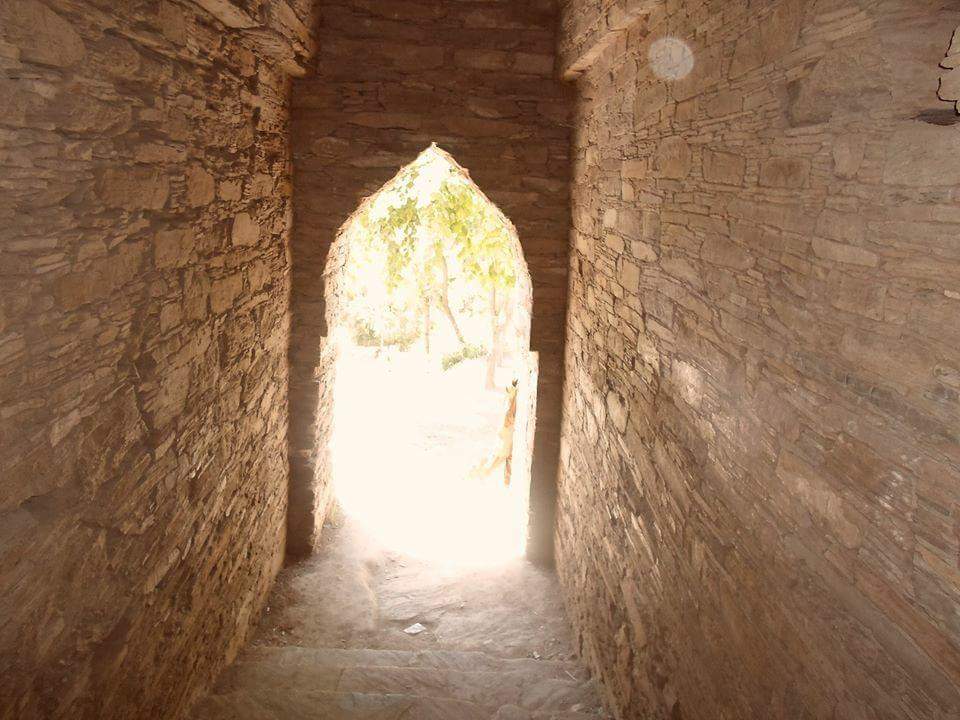
Ogee arch forms derived from this very shape. Buddha and other deities were often depicted within this Bodhi leaf frame which later transpired into its structural usage.
Dated: ~3rd century CE
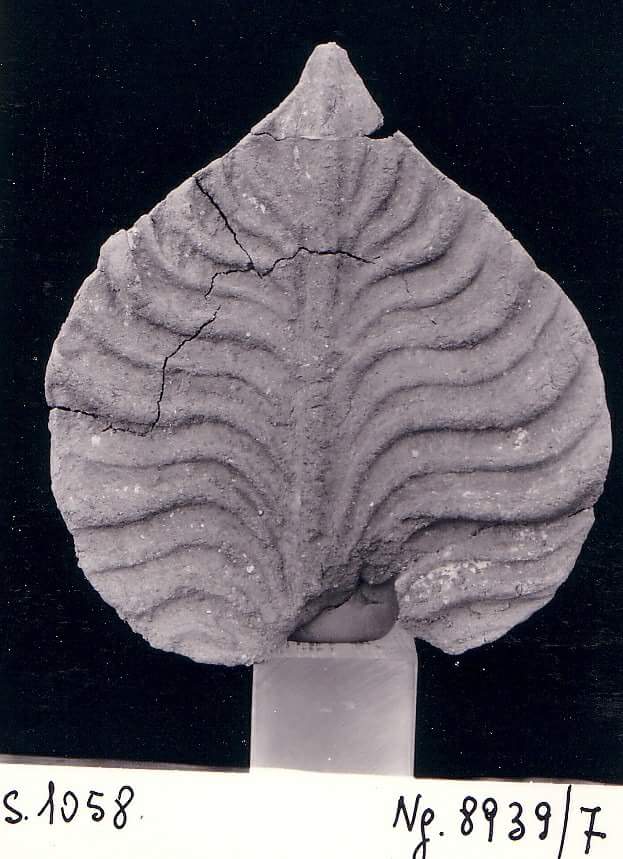
Here chariot is interesting . Rams(?) Are pulling chariot instead of usual horses. A whirling sun symbol can be seen on each of ram though with opposite rotation probably more of a philosophical implication.
Dated: ~2-3rd century CE or older
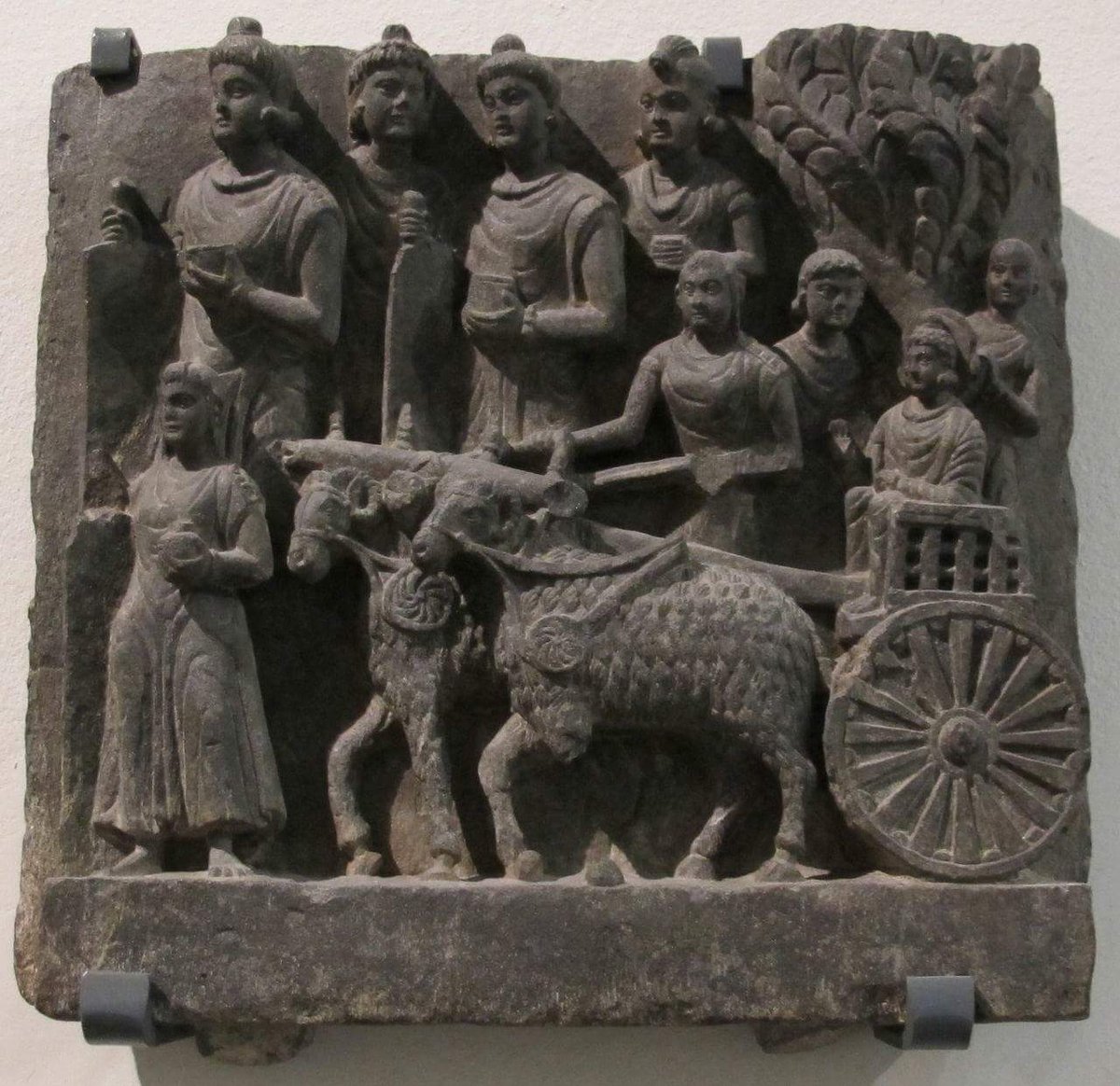
Right: sculpture depicting the Stupa flanked by four towers
Towers depicted in sculpture are same to the one freestanding constructed tower in the left.
The tower is 95feet high with a Damaru capital. Lions lost
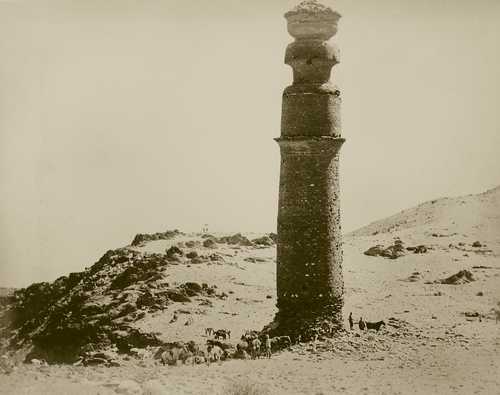
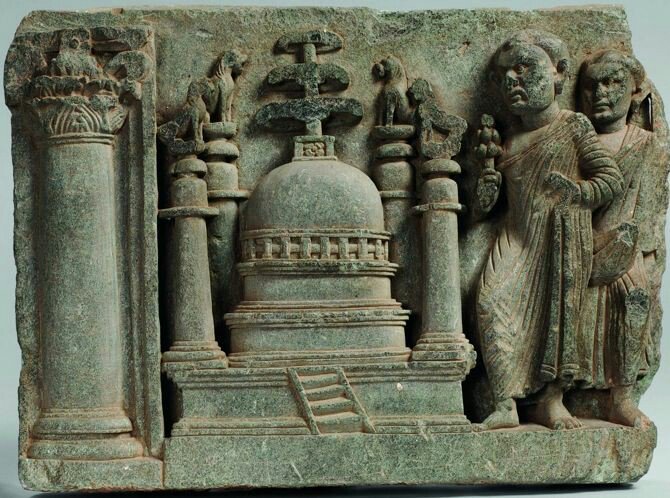
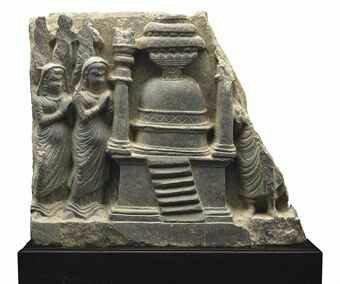
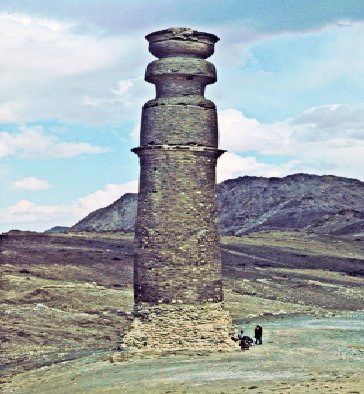
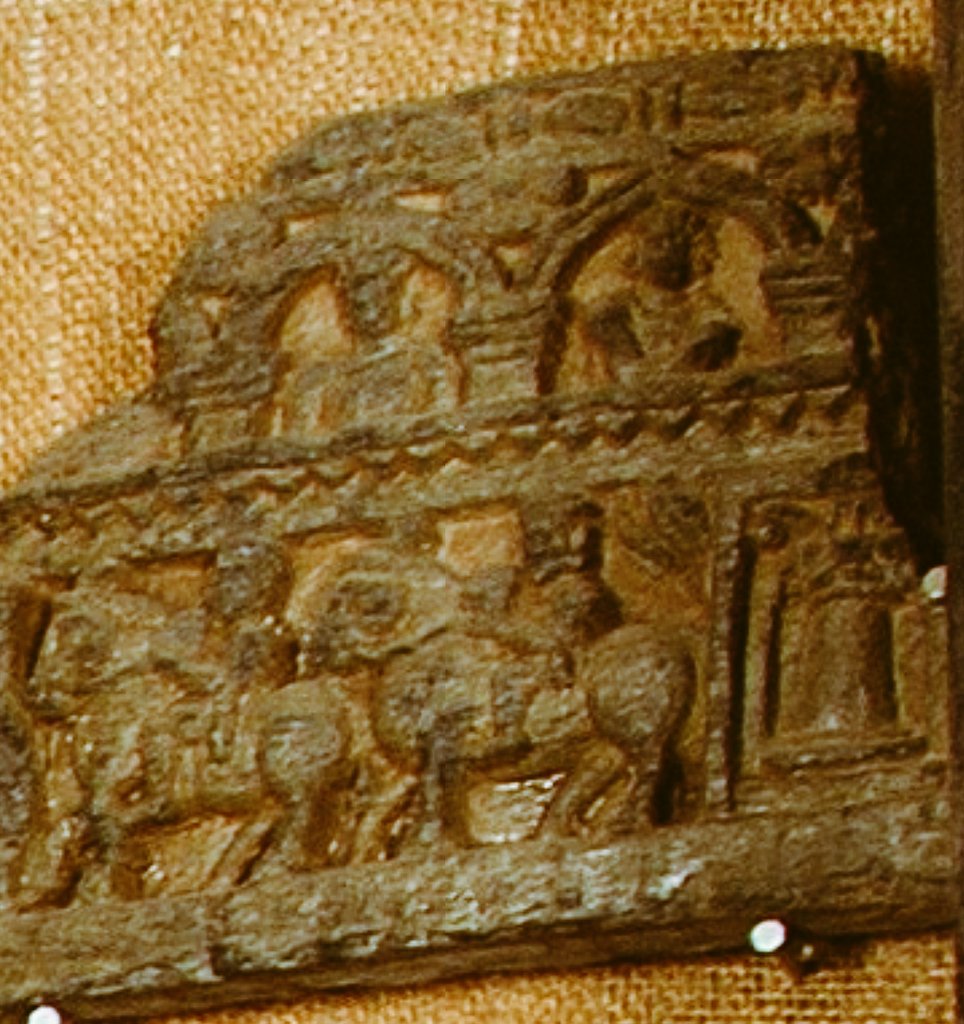
Dated: ~1st century CE
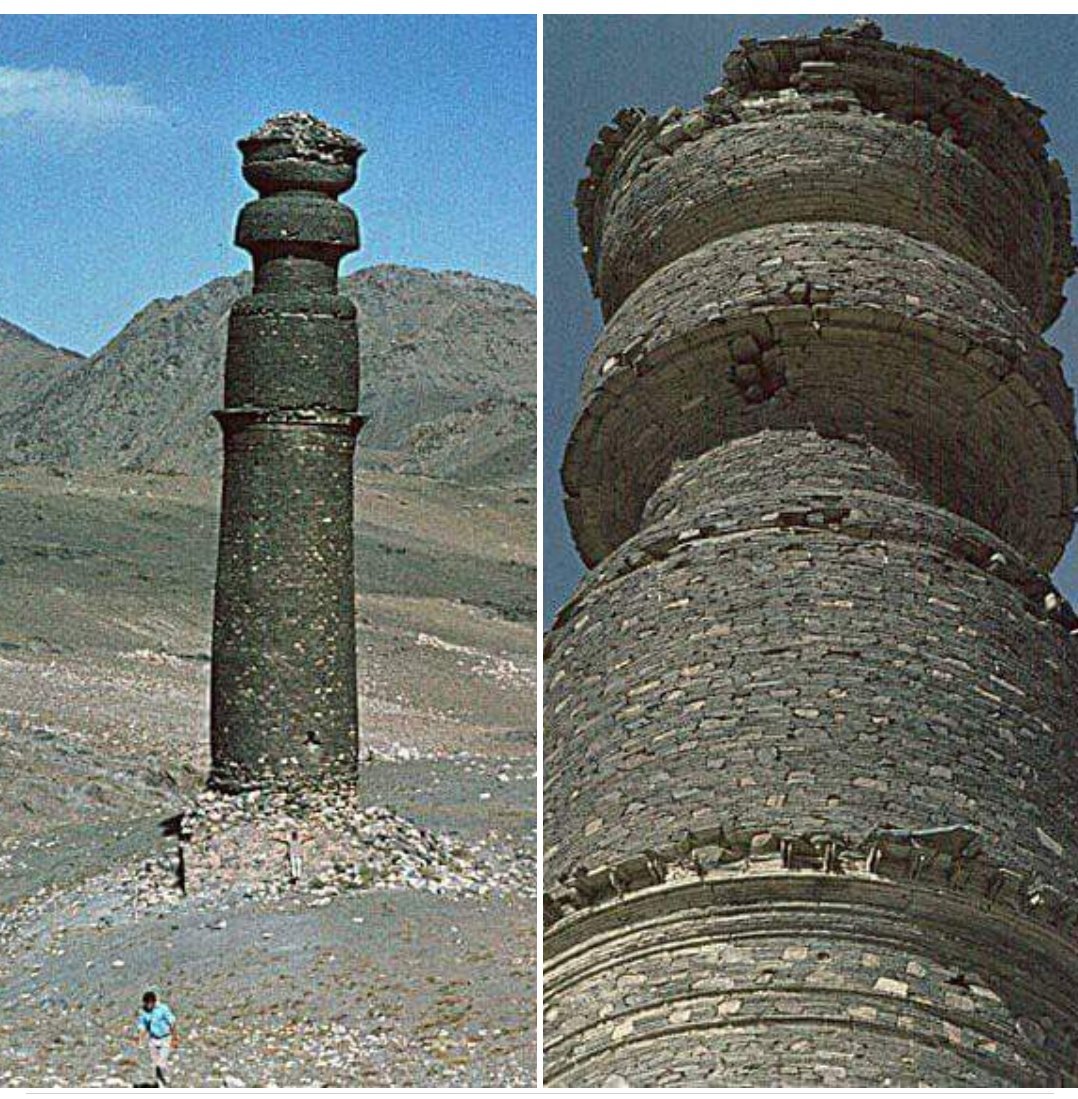
Dated: ~2nd century CE
Domical part of reliquary is basically hollow stupa encircled by lotus petal(arch) mouldings.
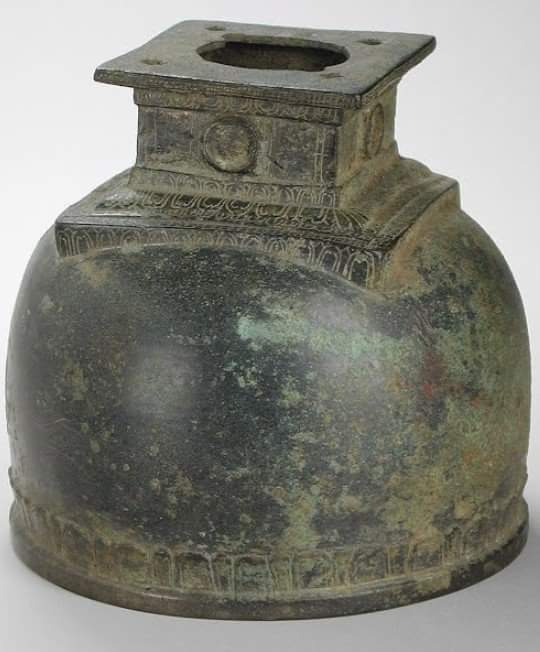
Dated: ~5th century CE or older
Pointed arch took ~300more years to reach to middle East and Egypt before that they used typical Roman arch.
This niche once housed image of Buddha or some divinity. #ReclaimTemples
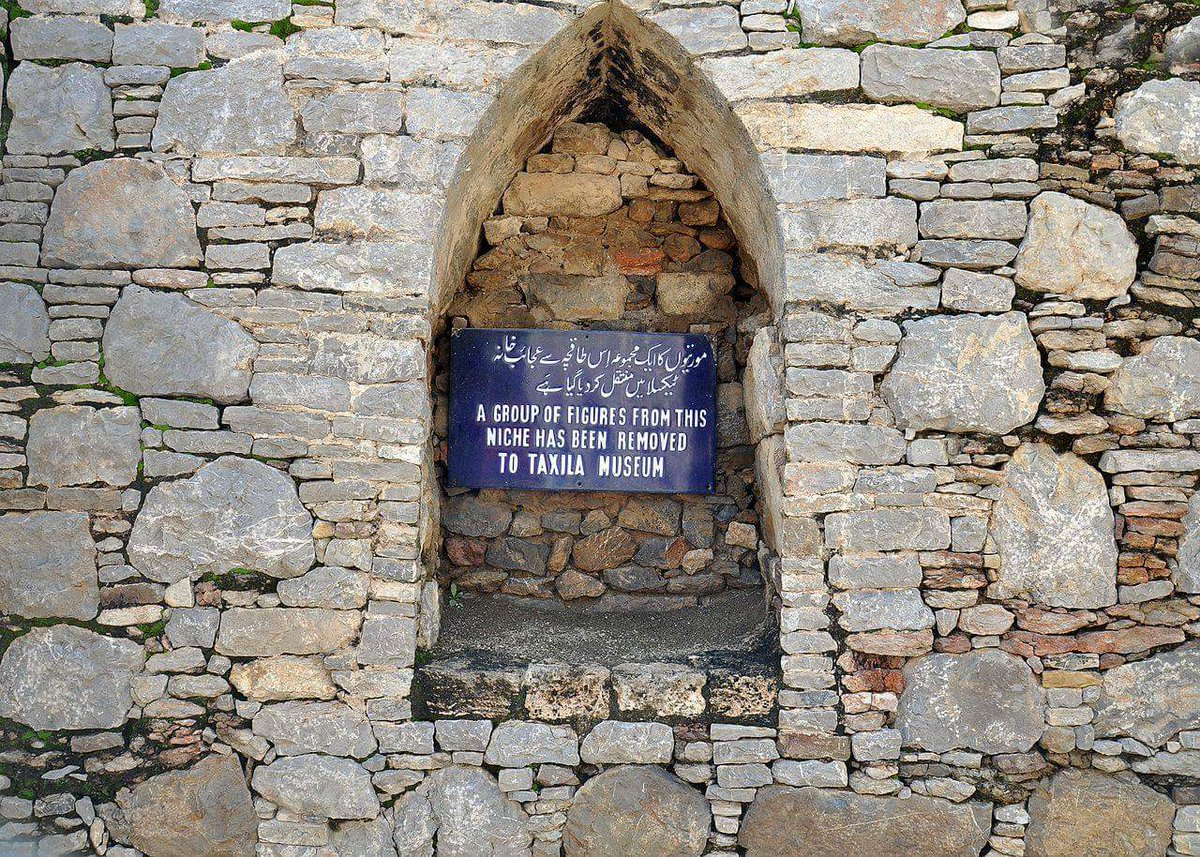
Inscribed pottery fragments excavated from the same site called it "Kanishka Maharaja Viharaya"(meaning 'for the monastery of great king Kanishka').
Dated: ~2nd century CE
Photo credit: Italian archeological mission in Afghanistan

Dated: ~2nd century CE
Fishes and other aquatic creatures are depicted here. In the way river currents are sculpted, reminds me of Hoyasala sculptures.
